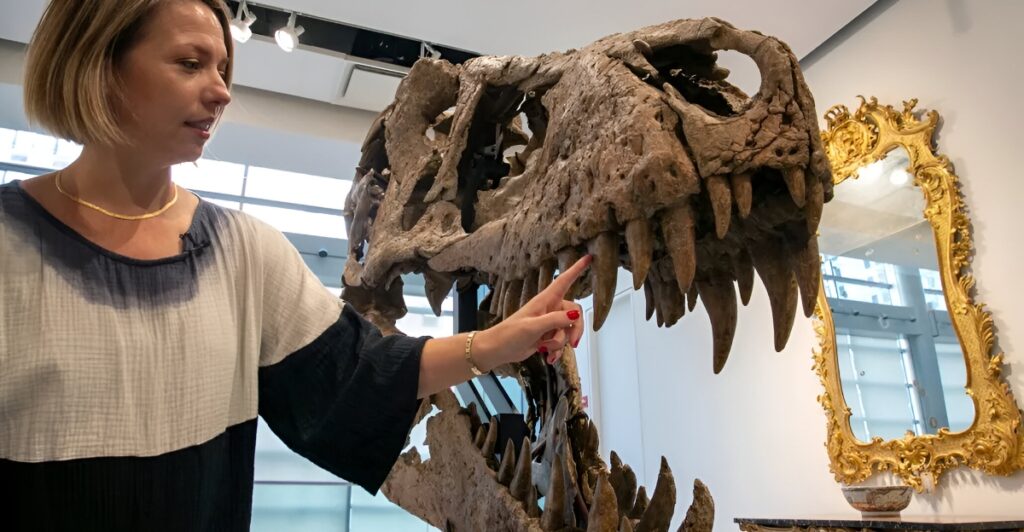
Natural history museums are often dominated by massive dinosaur skeletons—impressive symbols of scientific knowledge. Yet, surprisingly, more than 60% of these “bones” are actually replicas, and many museums leave the exact proportions unclear.
The Smithsonian’s T. rex, for example, relies on resin casts for 80% of its bones, while Chicago’s Sue hides its delicate skull behind a 3D-printed mask. This isn’t a deliberate deception, but a necessity—fossils are irreplaceable, and displaying them carries risks.
However, when museums prioritize spectacle over transparency, they blur the line between genuine science and theatrical display. The result? A public often confused about what’s real and what’s made for show.
From Plaster to Polymers—A History of Deception

Museums have been creating fake fossils for over a century. London’s famous Diplodocus “Dippy” (1905) was made of plaster, and today, 3D-printed composites are used to replicate missing bones with remarkable accuracy.
The Triceratops “Dirk” at Naturalis is a prime example of this technique, combining 67-million-year-old fossils with printed vertebrae, ribs, and skull fragments. These hybrids are essential tools for research, but when labeled simply as “reconstructions,” they can mislead the public into believing they are looking at authentic fossils.
The line between real and replicated fossils has become increasingly difficult to discern. While these replicas serve an important purpose, the lack of clarity about what’s genuine and what’s reconstructed may create confusion among museum visitors.
The Dippy Dilemma—When Replicas Go Too Far
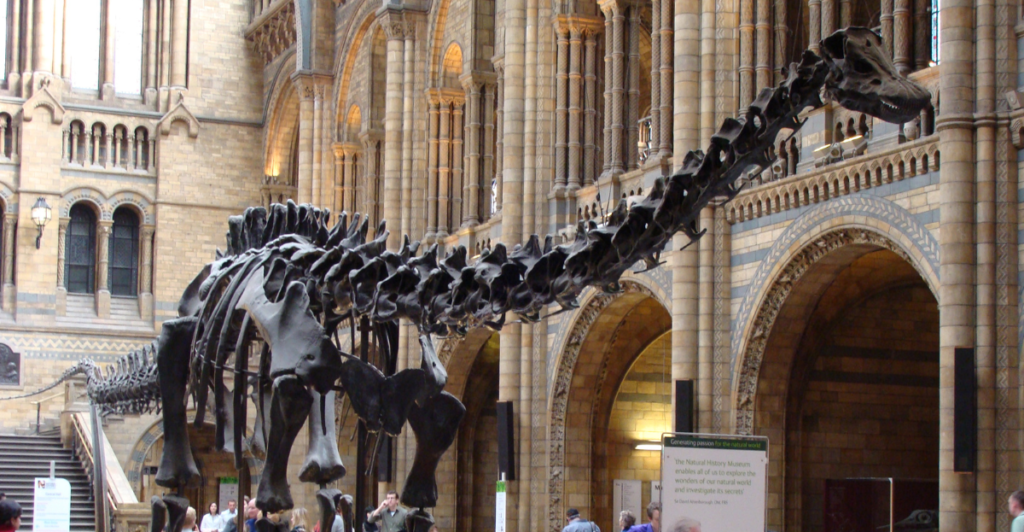
In 2017, London’s Natural History Museum made waves by removing its beloved Diplodocus replica, replacing it with a blue whale skeleton. The decision sparked a wave of public outrage. Why? Dippy’s plaster bones had become cultural icons, showing how replicas can sometimes surpass real specimens in public affection.
This incident highlighted a growing paradox for museums: while replicas play an essential role in education, they risk eroding public trust when their artificial nature is downplayed.
As replicas become increasingly common in exhibits, museums must carefully navigate the fine line between providing valuable learning tools and maintaining transparency, ensuring visitors understand what is real and what is reconstructed. It’s a challenge that’s shaping the future of museum displays.
Fossil Hoaxes and the Gray Market
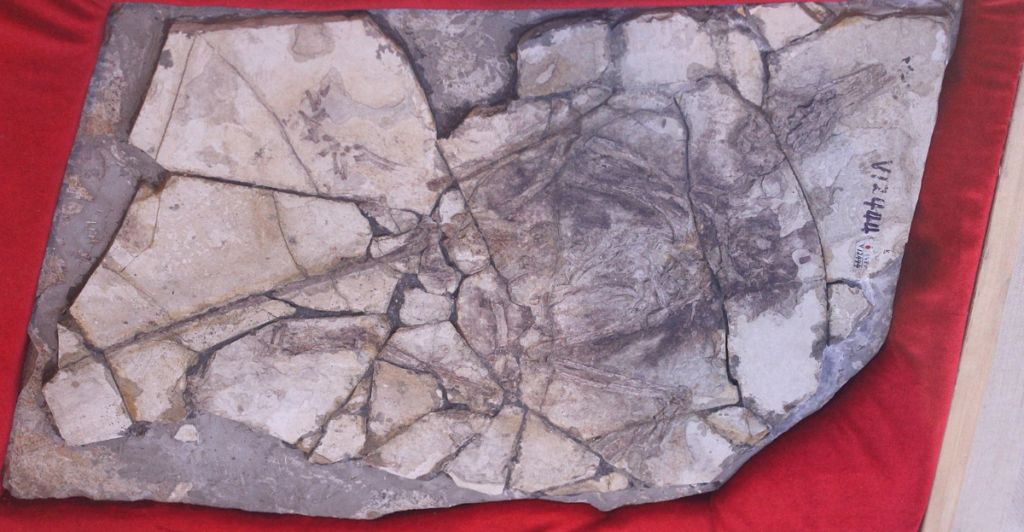
The $2 billion fossil trade has become a breeding ground for deception. In 1999, China’s Archaeoraptor scandal exposed how a farmer glued microraptor tails to dromaeosaur bodies, fooling National Geographic.
Today’s traffickers use resin to “complete” skeletons, selling these fakes to auction houses and museums. Although modern labs can identify counterfeits using CT scans, cash-strapped institutions often display questionable specimens without thorough examination.
The market for fossil forgeries continues to thrive, highlighting the challenges museums face in ensuring authenticity while balancing budget constraints. The stakes are high—both for science and the public trust in the exhibits they rely on.
Legal Loopholes—Who Really Owns the Past?

Mongolia bans the export of dinosaur fossils, which is why many global exhibits feature resin replicas of Tarbosaurus, a close relative of T. rex. But museum signs often omit this fact. Argentina’s massive titanosaur skeletons displayed abroad are also replicas; the originals remain in Buenos Aires.
While replicas help preserve delicate fossils, they can erase the contributions of Global South nations to paleontology. The geopolitical roots of these specimens are rarely acknowledged, severing them from the cultures and countries they came from.
This disconnect subtly reinforces a colonial model of science, where wealthier institutions display the world’s history without fully crediting its origins. As fossil tourism and trade grow, the ethics of ownership deserve far more attention and transparency.
Are Museums Hiding Fossils in Plain Sight?
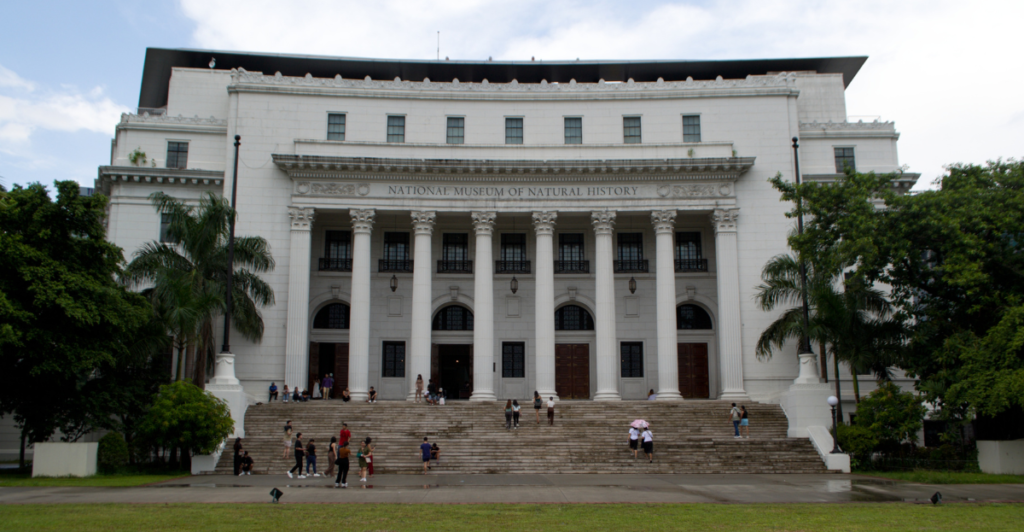
Museums often claim that replicas protect rare fossils from damage—a fair point. But what they don’t say is that less than 5% of their collections are ever shown to the public. The vast majority of fossils sit in storage, unseen and sometimes under-studied.
This preference for polished, complete replicas over fragmented real specimens paints a misleading picture of paleontology. Fossilization is messy, with most remains discovered as incomplete fragments. By sidelining these authentic but imperfect fossils, museums prioritize spectacle over substance.
Visitors are shown a sanitized version of prehistory, one that underrepresents the true challenges of discovery and preservation. It’s a quiet decision that shapes public understanding—and often, misleads it.
How Much Truth Do Museums Owe Their Visitors?
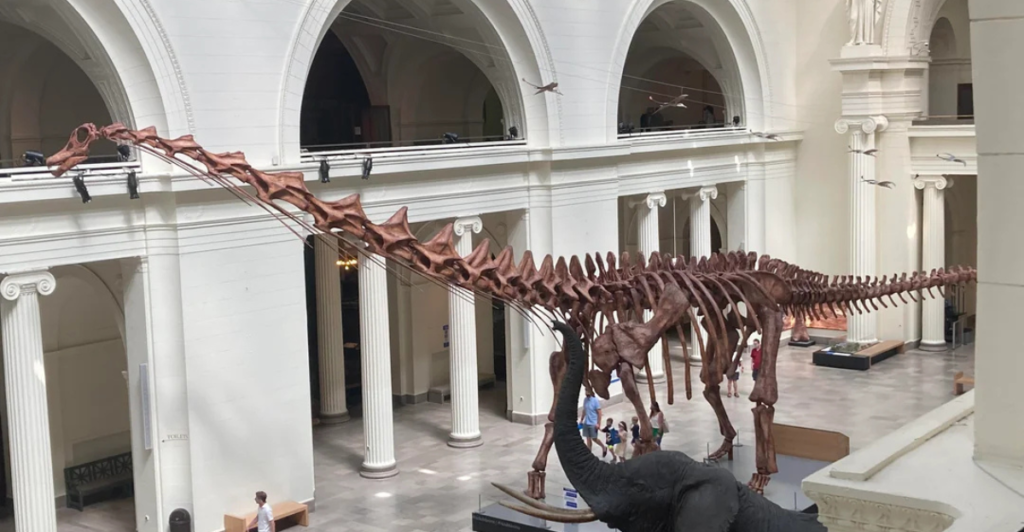
Many museumgoers assume the skeletons on display are real, though casts are often shown without clear signage. The Field Museum’s Máximo the Titanosaur is labeled as a “cast,” and the museum explains why a replica was used.
Still, the broader tension remains: institutions must balance educational transparency with the need to captivate audiences. This struggle echoes the legacy of 19th-century showman P.T. Barnum, whose infamous “Feejee Mermaid” fused spectacle and deception.
“Without clarity, institutions risk undermining the very trust that gives them authority.” As public expectations evolve, museums face a pressing question: how transparent can they be about what’s real—especially when too much honesty might dampen the very awe that draws crowds in the first place?
Inside the Fossil Replica Industry
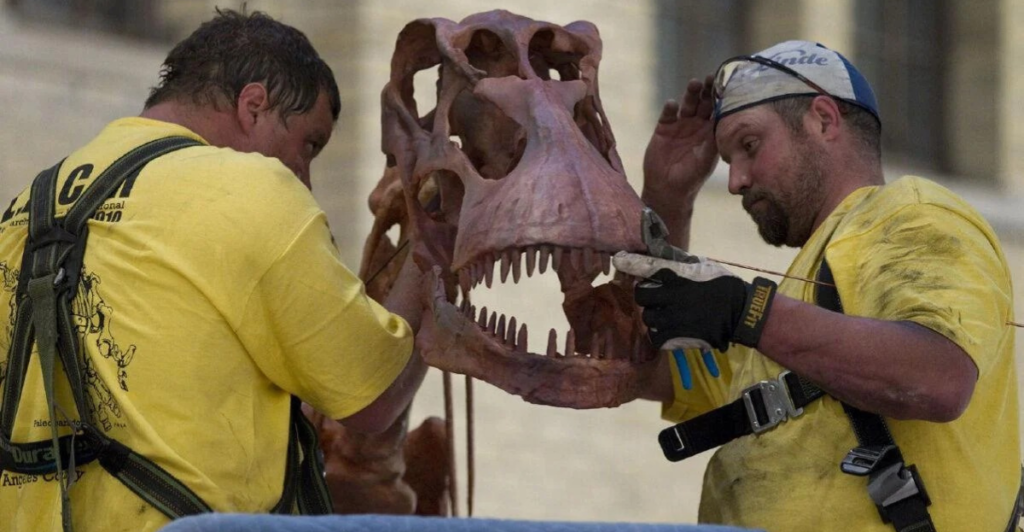
Research Casting International, based in Trenton, Ontario, is one of the world’s leading producers of fossil replicas for museums. Their methods—digital scanning, silicone molding, fiberglass casting, and steel armature assembly—mirror modern manufacturing.
This high-volume process creates stunningly realistic skeletons but risks reducing ancient life to interchangeable parts. While replicas preserve original fossils and broaden public access, scaled-up production can strip specimens of their unique ecological and cultural contexts.
Some exhibits, like composite Tyrannosaurus rex mounts, meet demand but blur authenticity. What began as an educational tool now supports a global industry balancing spectacle and science. As replication becomes standard, institutions must consider: when does preservation enhance the past—and when does it start to rewrite it?
Are Dinosaurs Becoming Hollywood Props?

From blockbuster films to theme park exhibitions, Hollywood has reshaped how the public expects dinosaurs to look—and museums are feeling the pressure. Audiences want roaring, action-packed T. rex skeletons, not scientifically accurate but static poses.
To deliver, institutions rely on hidden steel, sculpted resin, and advanced engineering to stage theatrical displays. While effective at drawing crowds, these dramatic mounts can blur the line between fact and fantasy. The “Jurassic Park” effect doesn’t just influence visuals—it shapes how museums design, market, and justify exhibits.
Immersive technologies heighten the experience but risk prioritizing spectacle over accuracy. As cinematic expectations grow, museums must navigate the tension between educational integrity and entertainment-driven appeal. How far can they bend truth to keep audiences engaged?
Rethinking the Ethics of Exhibit Design
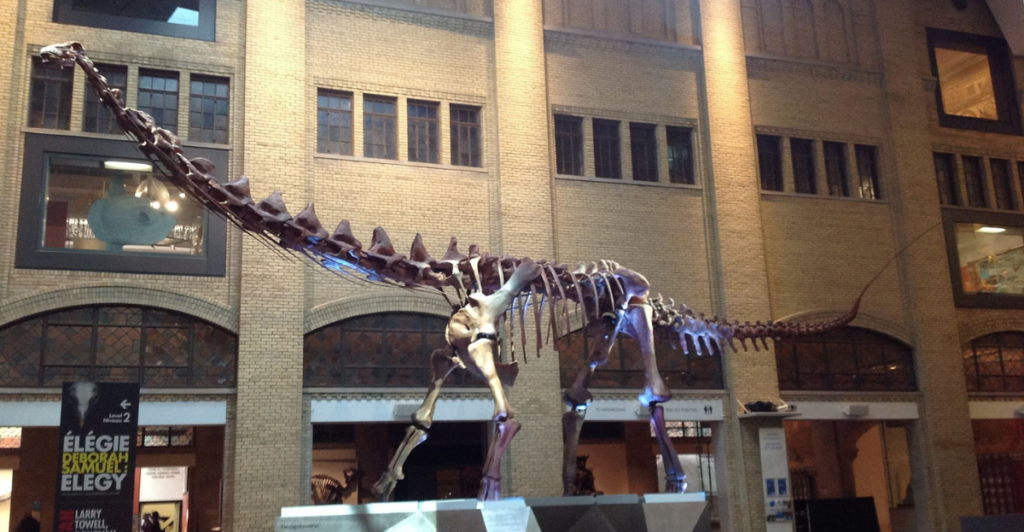
This debate isn’t about deception—it’s about responsibility. Museums should embrace radical transparency by clearly labeling replicas, showcasing incomplete fossils, and letting visitors see how casts are made. Interactive screens could explain which bones are real, while live workshops demonstrate 3D printing and fossil preparation.
These changes would shift the focus from flawless displays to the scientific process itself. After all, paleontology is about piecing together clues from a fragmentary past. By highlighting that challenge, museums can build deeper trust and engagement. The goal isn’t to diminish the wonder of dinosaurs, but to ground it in truth.
Science doesn’t need perfection to inspire—it needs honesty, curiosity, and a willingness to share the full story.
Explore more of our trending stories and hit Follow to keep them coming to your feed!

Don’t miss out on more stories like this! Hit the Follow button at the top of this article to stay updated with the latest news. Share your thoughts in the comments—we’d love to hear from you!







